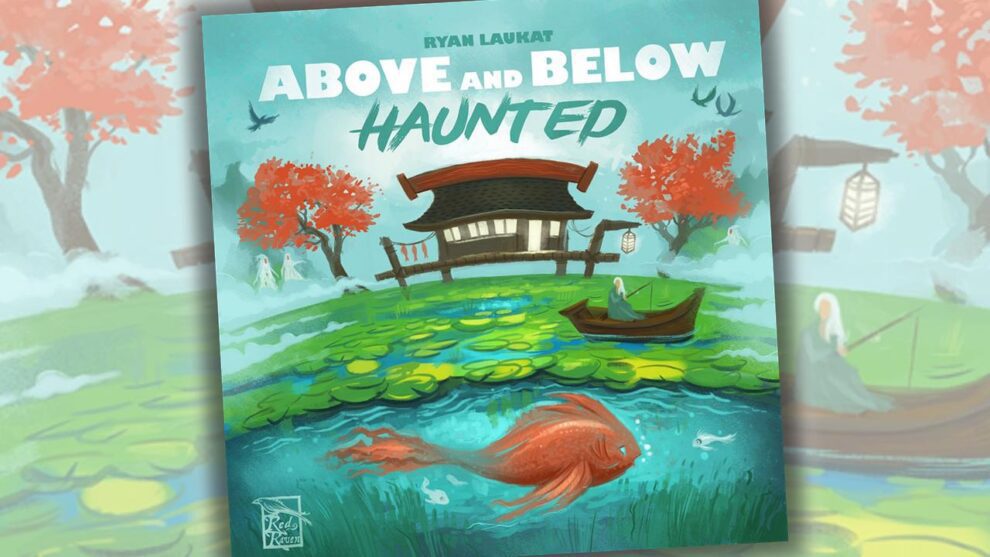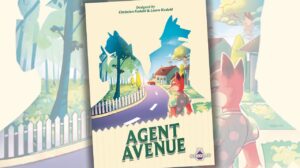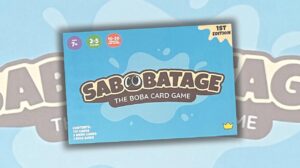Disclosure: Meeple Mountain received a free copy of this product in exchange for an honest, unbiased review. This review is not intended to be an endorsement.
Above and Below Redux
Above and Below may have a special place in many gamers’ hearts. I’ve heard from different folks that it was the game that introduced them to “euro” mechanics, and it was nominated for numerous Game of the Year awards, including BGG’s Golden Geek, the Board Game Quest Awards, and even SXSW’s Tabletop Game of the Year. It also introduced gamers to the world of Arzium and kicked off a trilogy that later included Near and Far and Now or Never. Haunted was strategically released alongside the game’s 10th anniversary.
If you aren’t familiar with Red Raven’s catalog of games, they often feature heavy narrative experiences mixed with “cozy” euro mechanics (easy to pick up, not much conflict). Red Raven is also home to Sleeping Gods, which some argue is one of the best narrative-based games on the market today. There’s no doubt that Ryan Laukat has positively impacted the industry with smart game design and quality world-building. But time leads to growth—especially as more games are notched onto the belt.
We’re seeing Ryan update some of his older games, such as Islebound: Emerald Edition, which is a testament to his gamecraft. I’m sure it’s easy to move on from older designs and adapt the lessons learned into future games, but very few designers go back and try to improve what’s already been created. Above and Below: Haunted aims to fix some of the issues in the original game, adding more than just a fresh coat of ghostly paint. The changes are small but make a big impact on the game’s legacy.
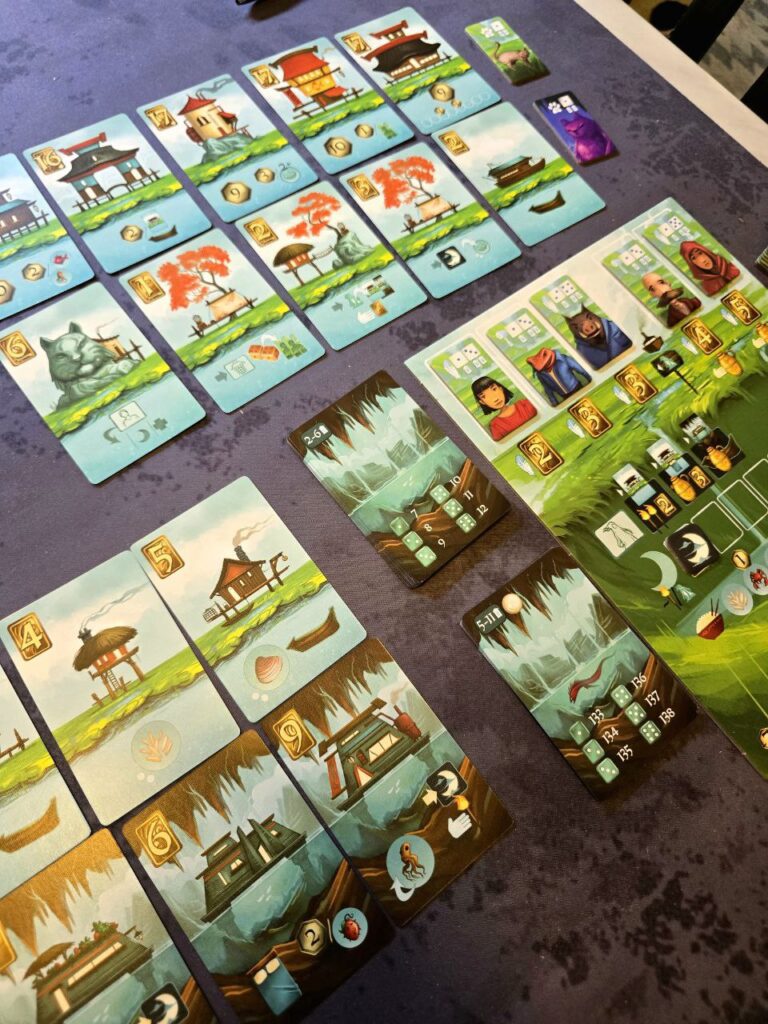
Familiar but Refined
Much like the original, the game is played over seven rounds (eight with the longer game variant), and players use villagers to activate one of five actions.
The first action is to explore, where players exhaust villagers for die rolls, automatically gain a cave card (new in this version), and resolve a narrative encounter based on the result. These encounters feature short stories from the world of Arzium and often reward resources, reputation, villagers, or ghosts.
The second action (also new) is to banish ghosts. Ghosts occupy players’ buildings, and while they don’t negate effects, they lower reputation if not cleared by the end of the round. Players use the banish action to remove all ghosts but one, which they then place on another player’s building. The banishing player receives rewards depending on what type of opponent’s building they targeted.
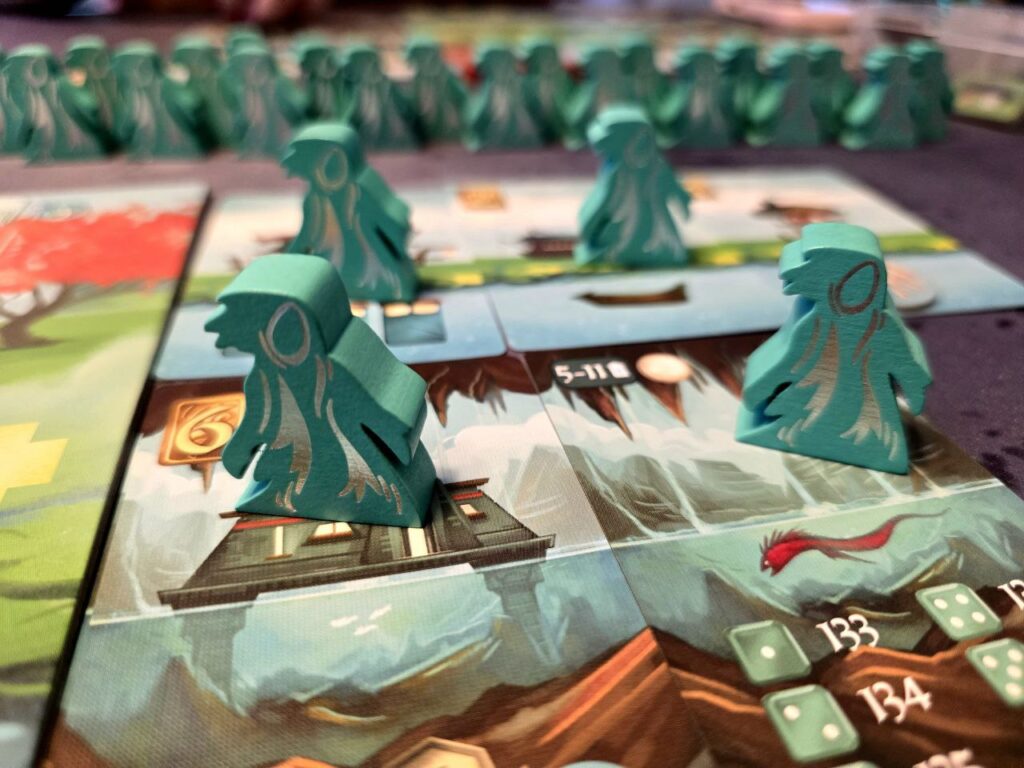
Two other actions are to build (either above or below into their tableau) or recruit a new villager. If a player recruits from the three cheapest slots, they’ll take on a ghost on one of their buildings, as those villagers are navigating through the haunted marsh on the way to the village.
The final action is to harvest, which combines both the harvest and labor actions from the previous game—gaining resources and money.
The free actions are mostly the same: placing a good for sale, buying a good from another player, and refreshing the building row. But a new free action allows players to use their boats to auto-roll a six or gain one coin.
At the end of each round, players refresh villagers, move up or down the reputation tracker based on card effects and ghost presence, and collect income.
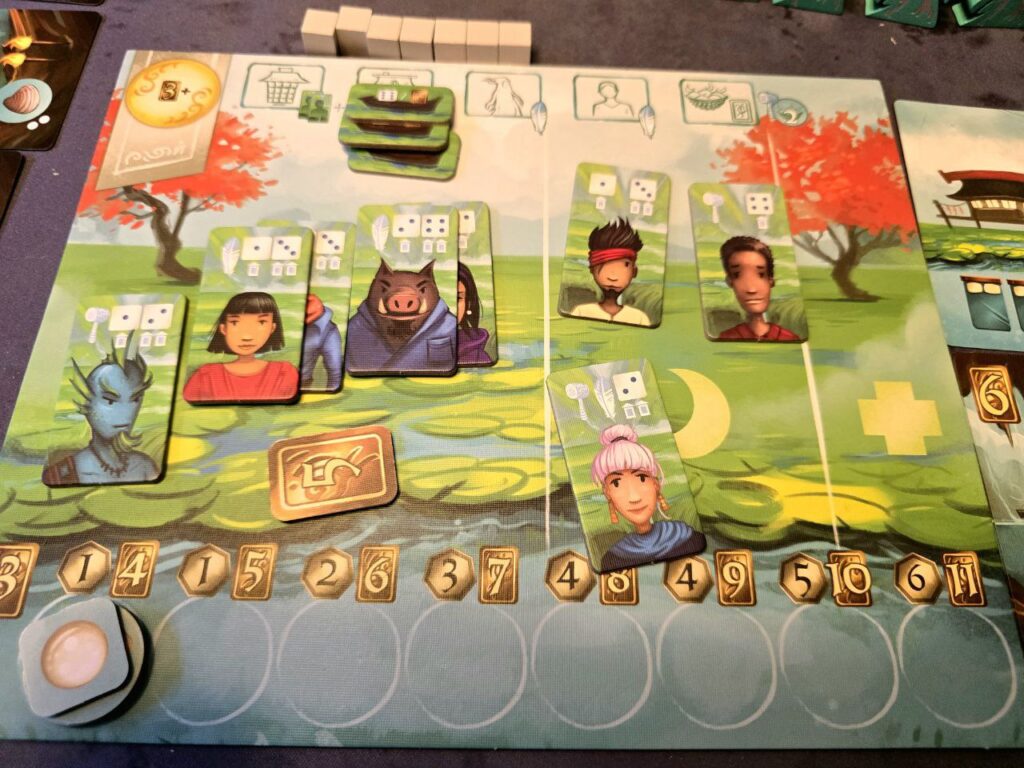
Above, Below, and Beyond
The original Above and Below is a beloved light euro that introduced many to euro-style mechanics. But the game had its faults—most notably, making money extremely tight. That’s fine for heavy games with a tight economy like Pipeline, Vinhos, Acquire, or Power Grid, but in the world of Arzium, it’s supposed to be “cozy” with a dash of difficulty. Haunted has made money much easier to obtain by combining the harvest action and making narrative exploration more lucrative.
There was one passage that had my wife walking away with TEN coins. That’s a great payday for one action. I also never felt like money was tight, thanks to the boats; probably the biggest improvement—adding die mitigation or money. Since they refresh every turn without needing a bed, there’s no excuse not to cash in on free stuff. The more boats, the merrier. It was nice having an interest-free bank fleet at my command.
The ghosts are meant to add more player interaction, but at 2–3 players, we found that you’re essentially trading one ghost around, and they never amounted to being frightful. I suppose they aren’t meant to burden players, just to add a small obstacle along the way. This scales with player count, as does the good trading. At higher counts, the trade became more interesting, with players negotiating and metagaming for highly sought-after goods for their set collection.
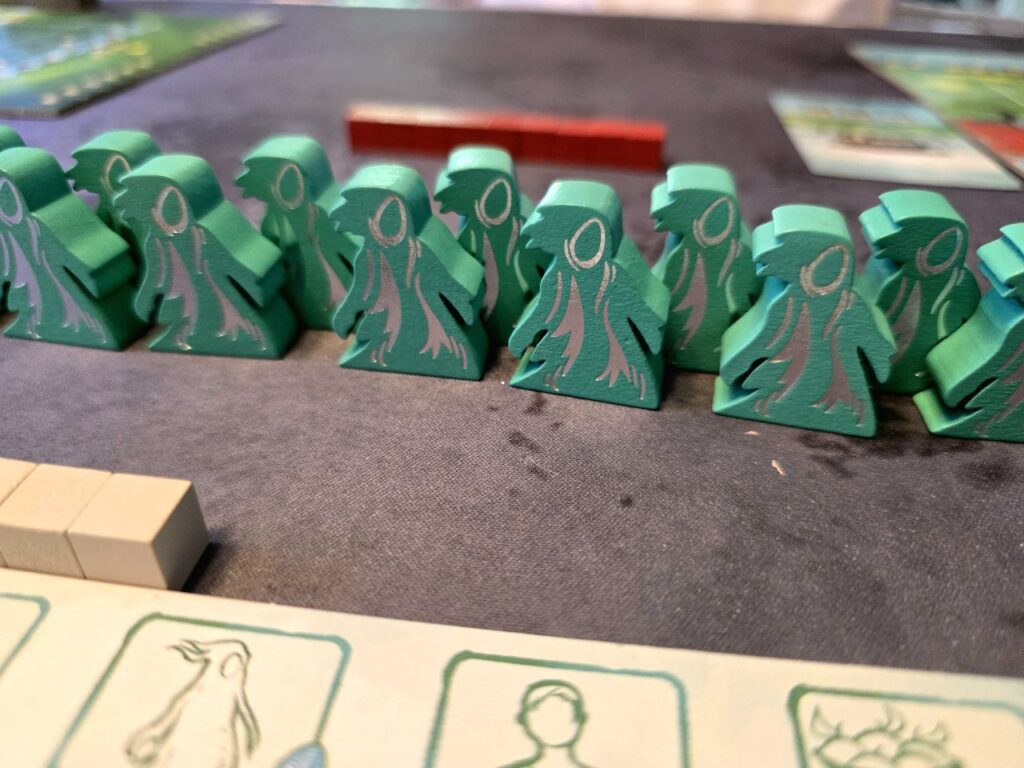
The set collection among different goods is still the main path to victory, but there’s an added track that rewards points to the first player to “discover” a good. Another one of the biggest changes was cave exploration. Previously, if you failed the dice check, tough luck. You got nothing. A waste of a turn and precious villagers. This time around, you still get the cave card—just for showing up! That made building out the cave outposts a lot more interesting, as the risk to explore was heavily minimized. These changes fleshed out the tableau building, and often players could easily build one or two high-value “star” buildings by the end.
The storytelling has also been tightened up to feature shorter, punchier narratives, which helps speed up gameplay. The villagers’ dice values and rewards were also greatly improved.
I Ain’t Afraid of No Ghost
Overall, the improvements clean up some of the minor clunkiness in the base game, but they also make it a lot easier and more accessible. Ryan Laukat has grown as a designer, and it’s great to see him return to old designs and find ways to improve them.
While the game itself still isn’t anything novel or super memorable, it is a great game. It’s fast, it’s snappy, and the improvements add a nice coat of polish to an already deserving title. The gameplay loop is as smooth as ever, with minimal downtime. Fans of the original should probably dump their old copy for this version—it’s simply better. However, the original has several expansion materials that may keep longtime fans holding on.
Either way, if you’re a fan of the original or Red Raven’s world as a whole, Above and Below: Haunted is sure to bring back the old joy of rolling dice and spelunking down below.


